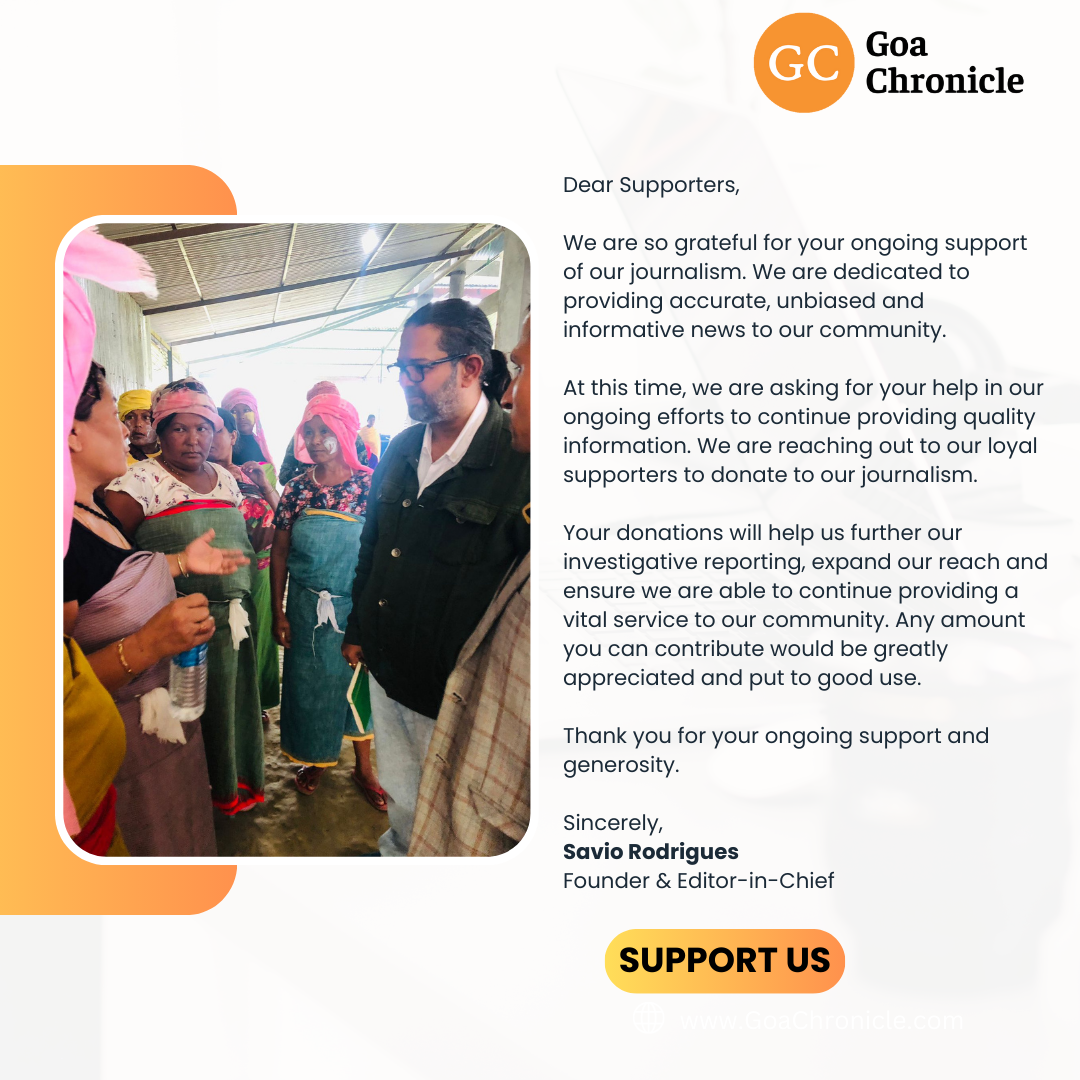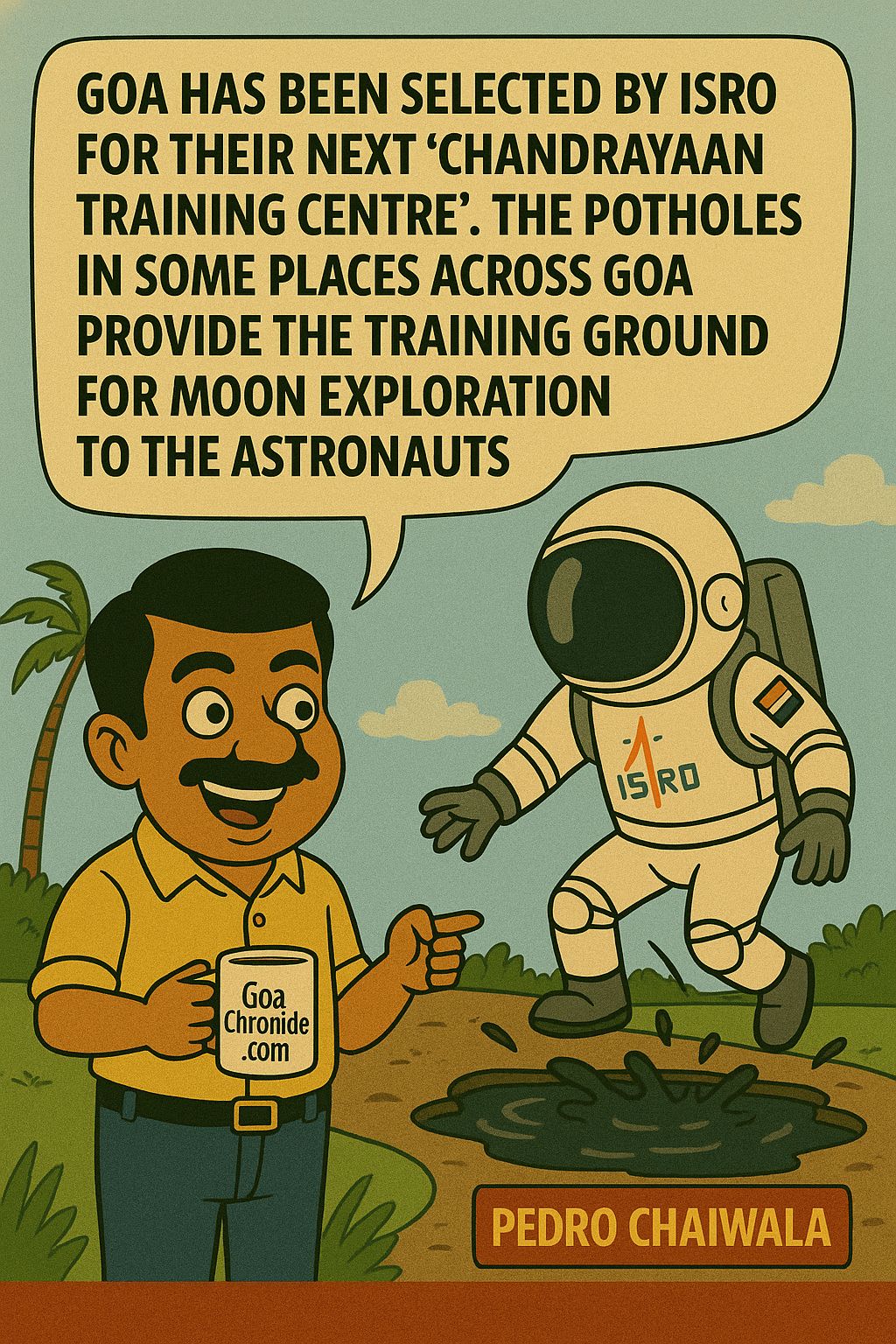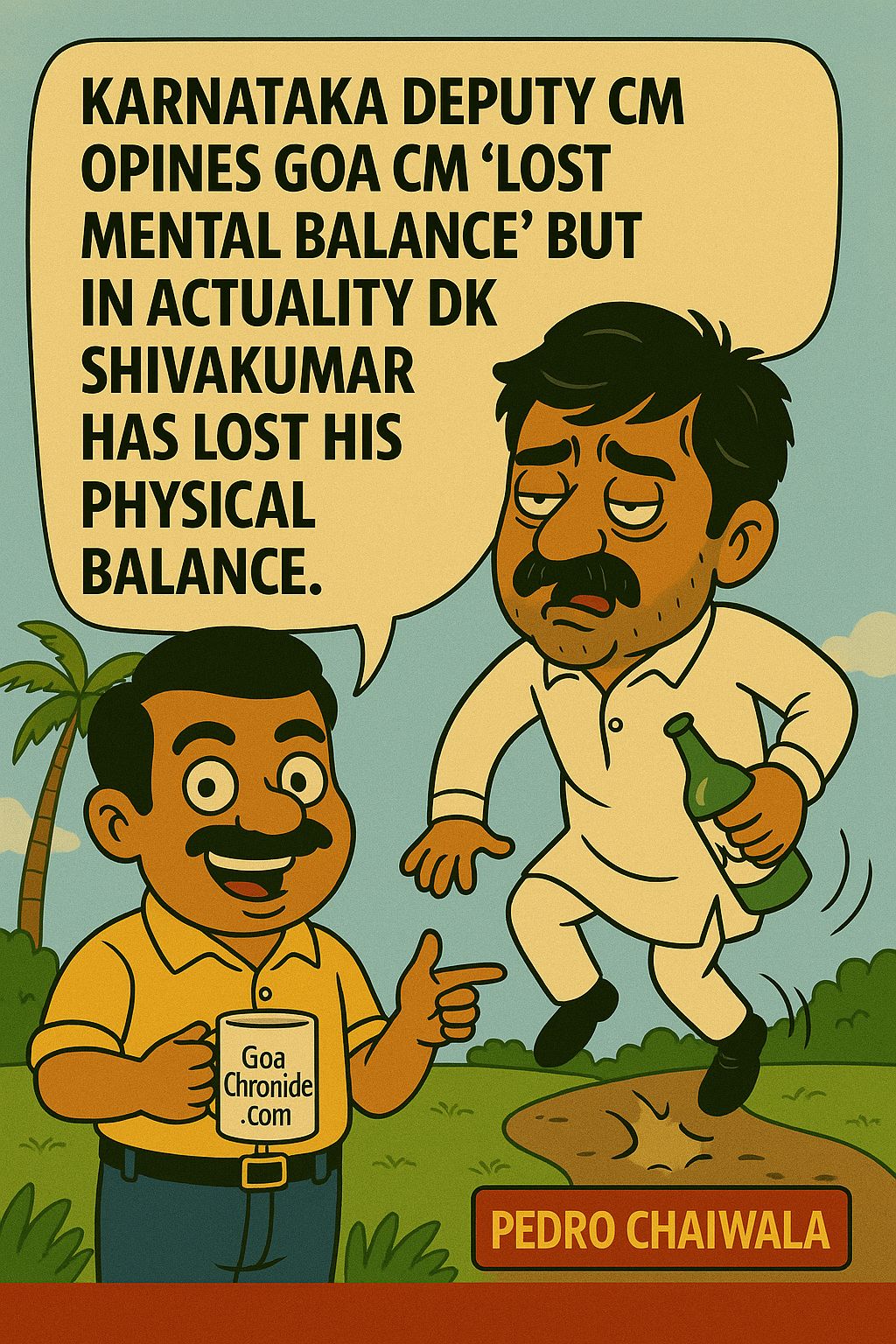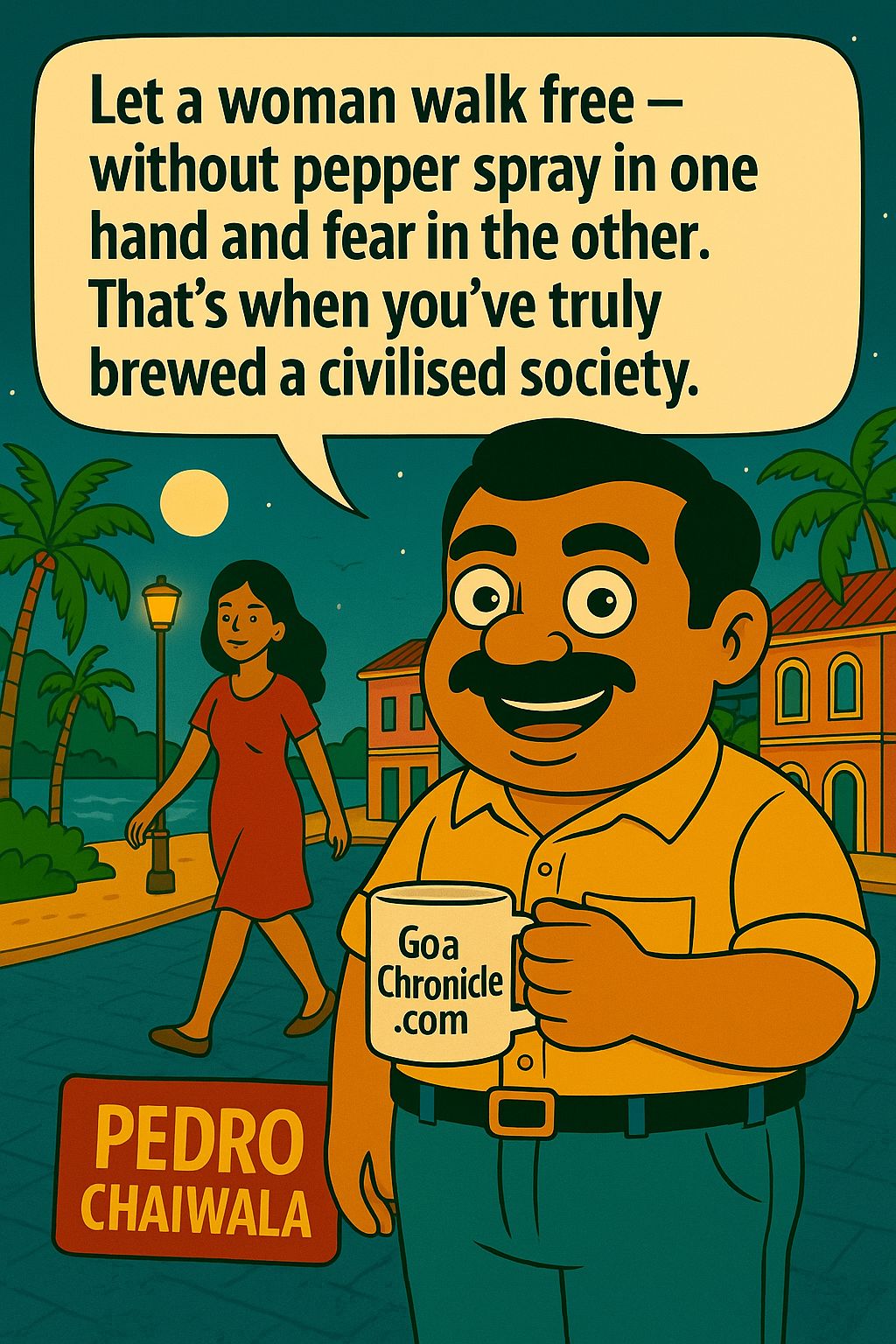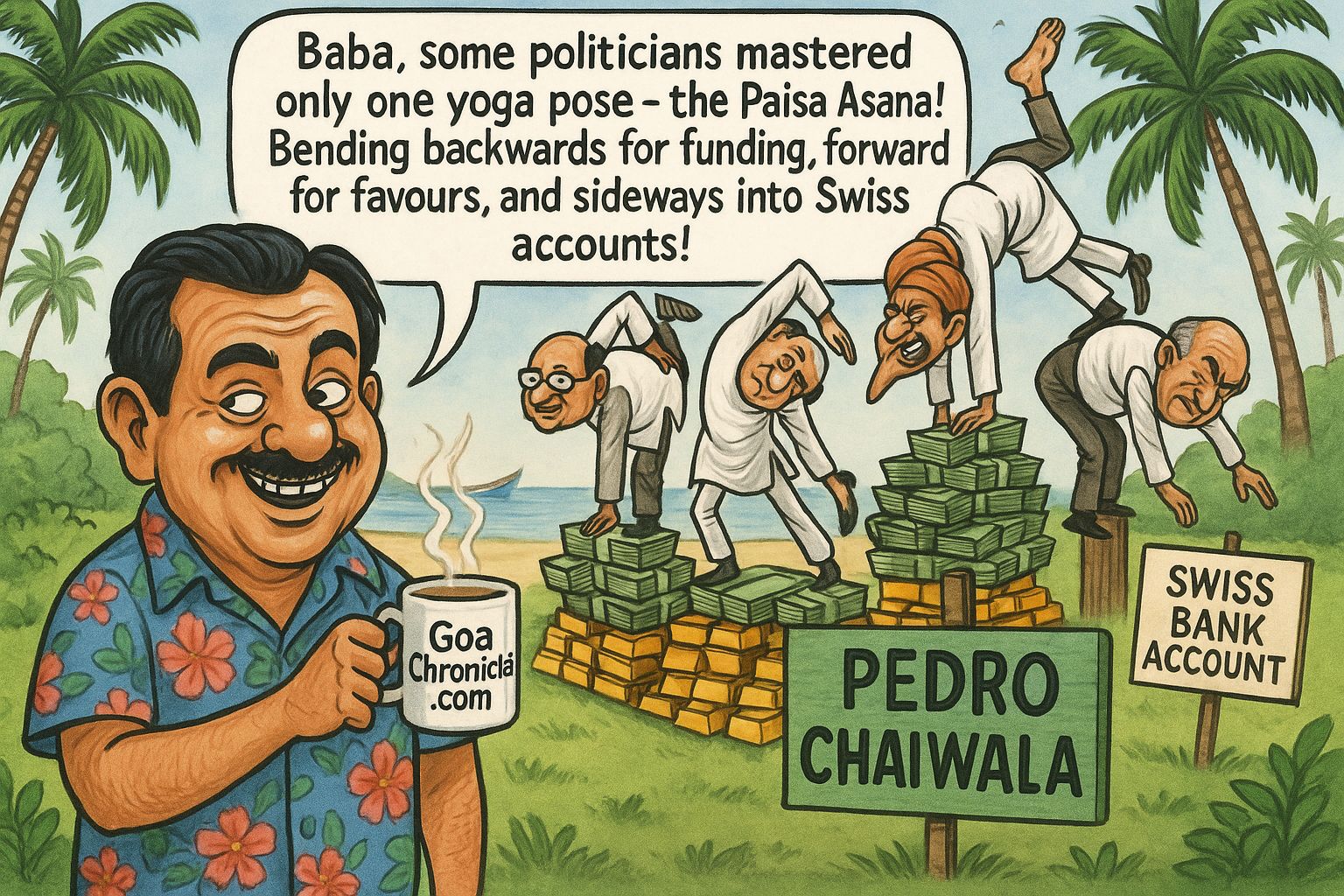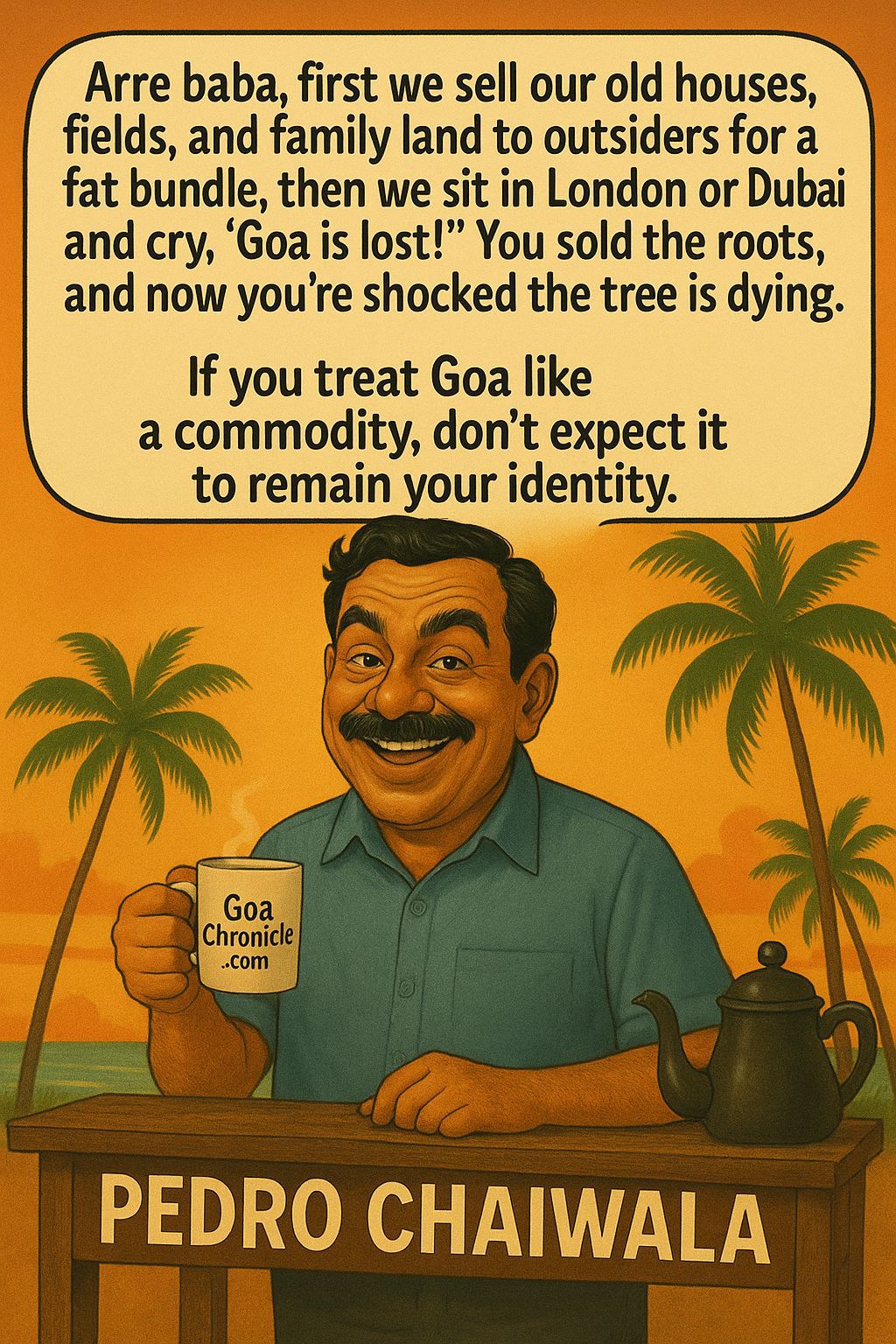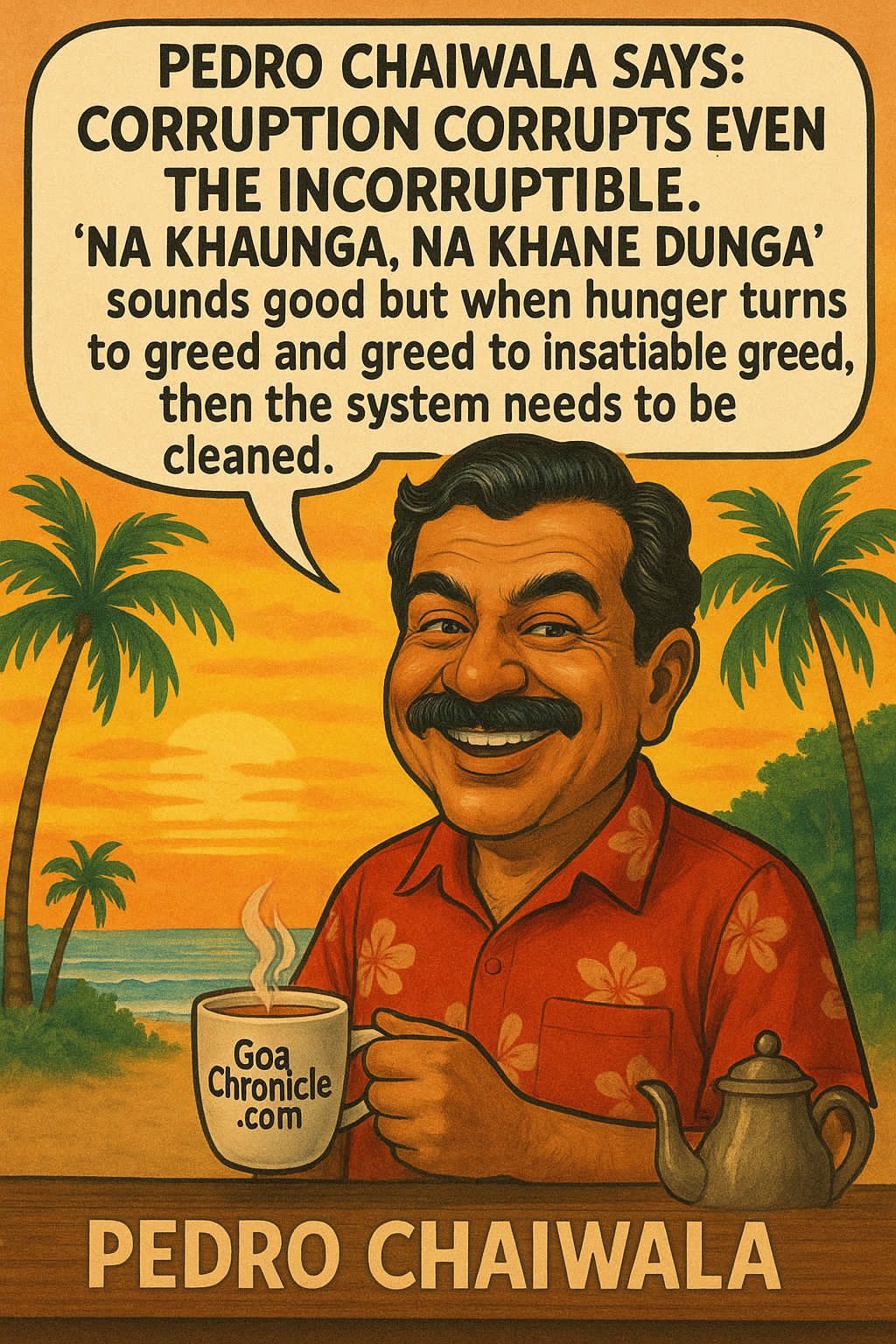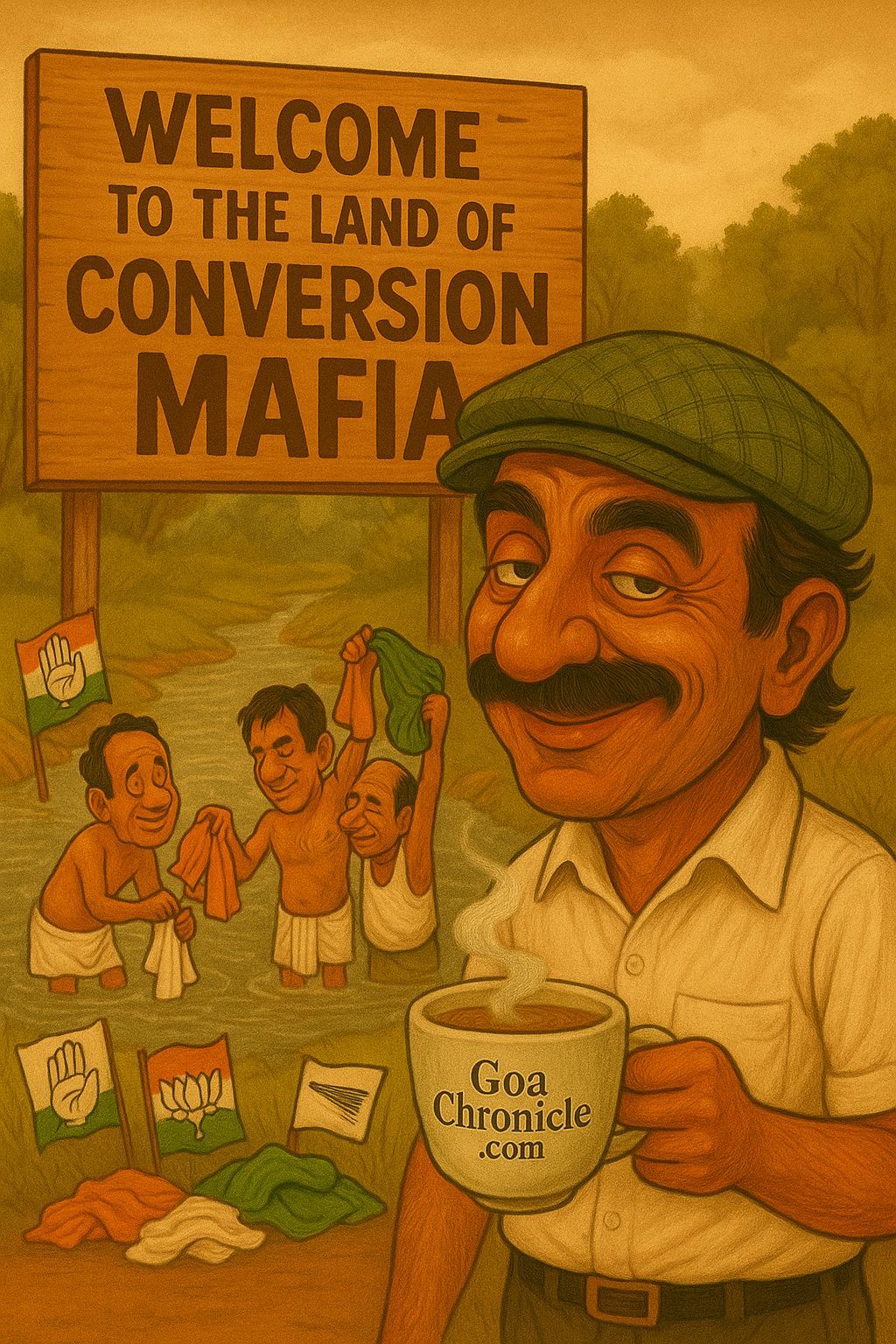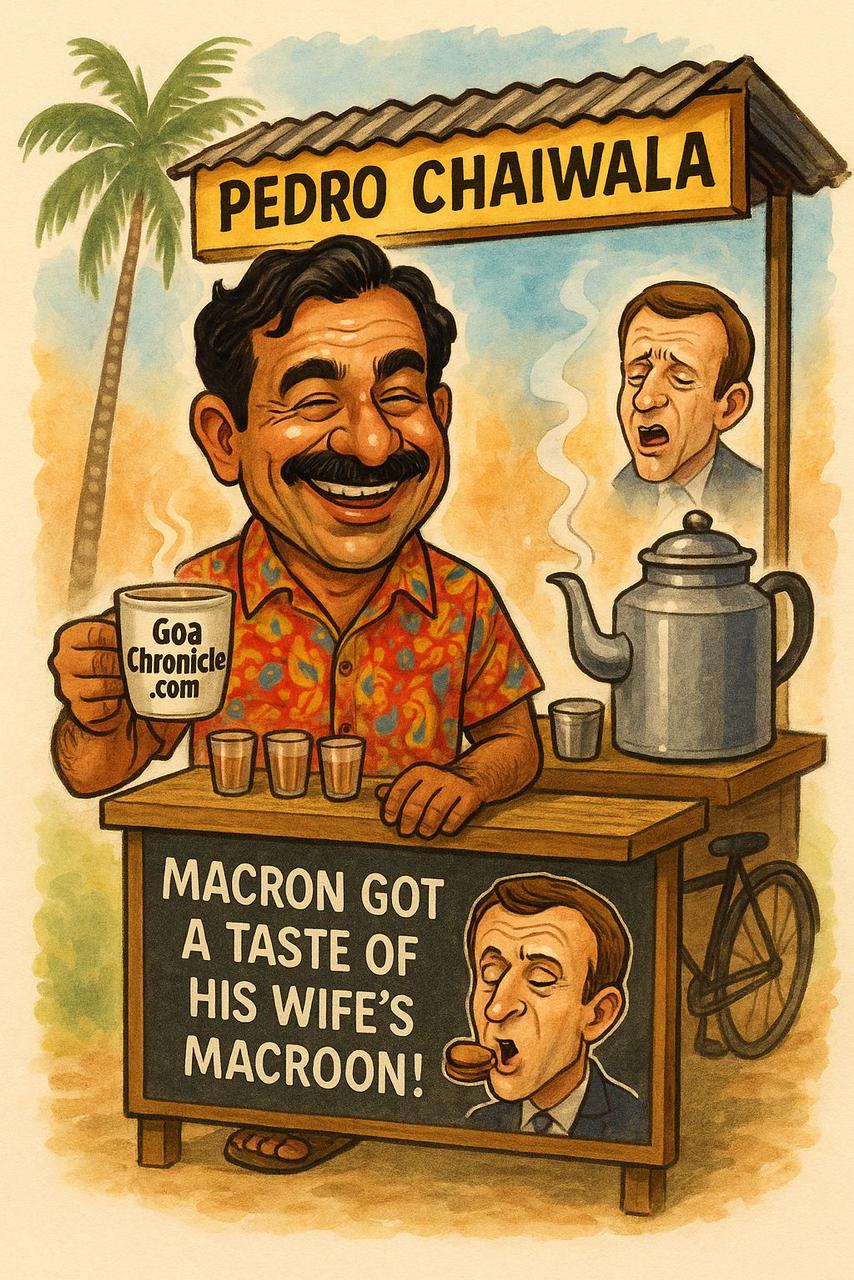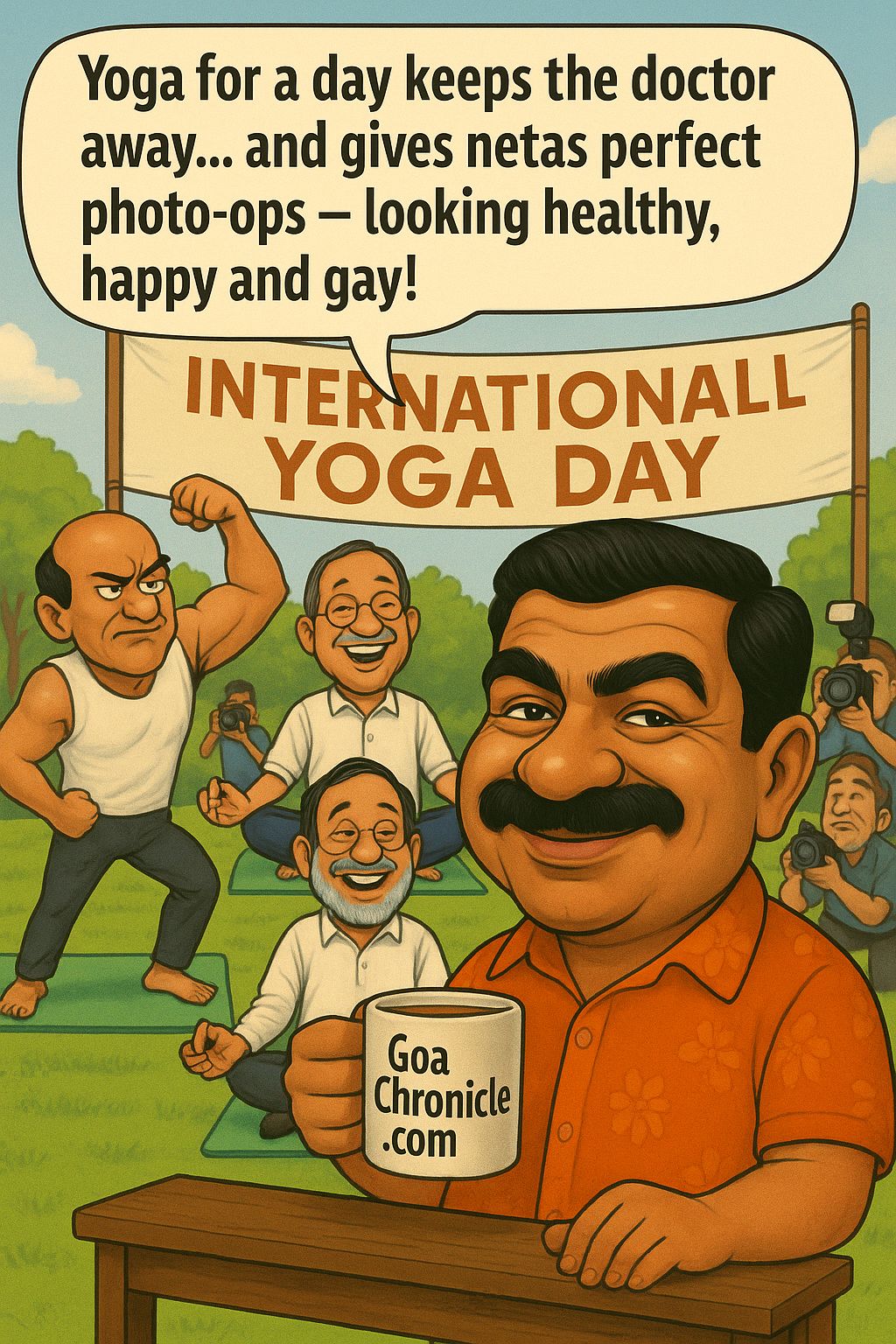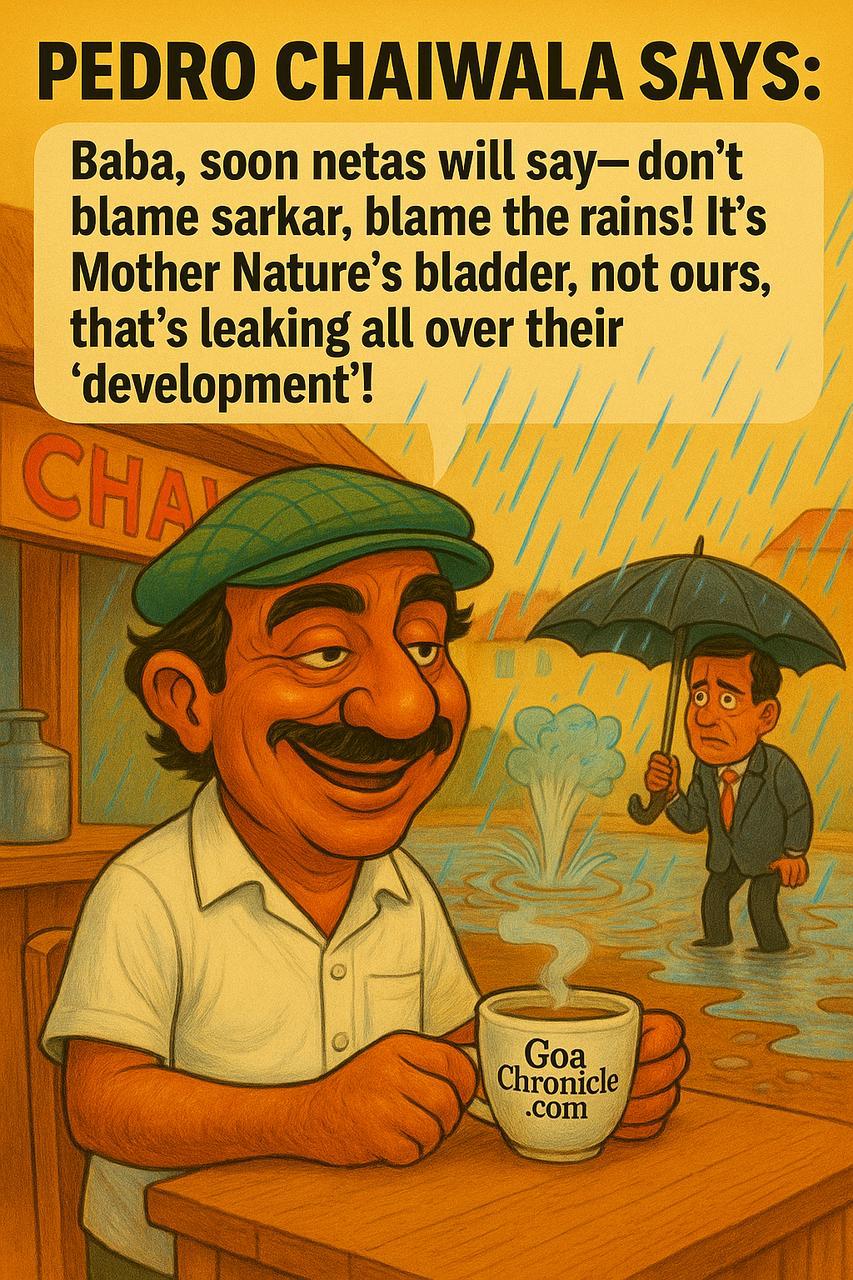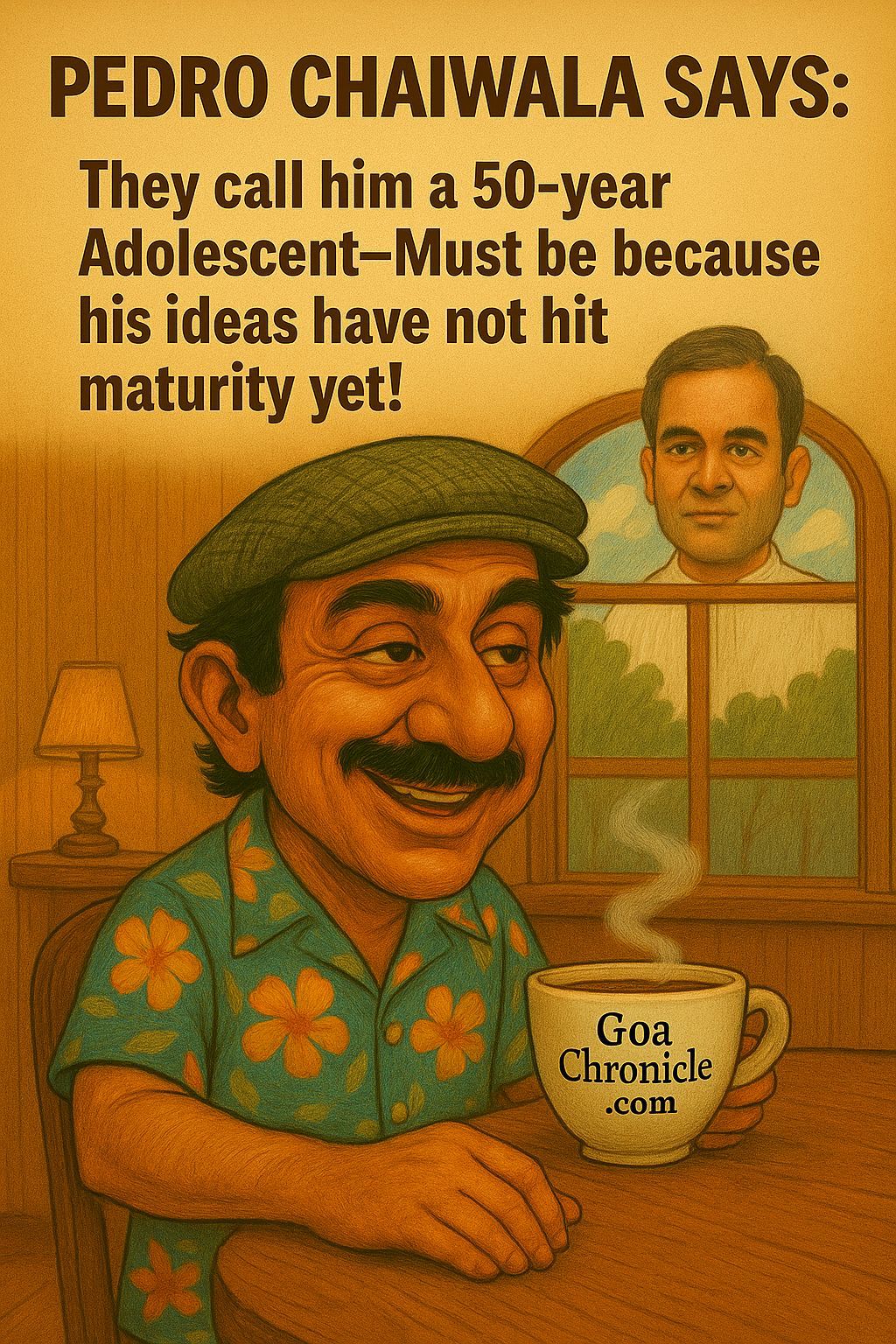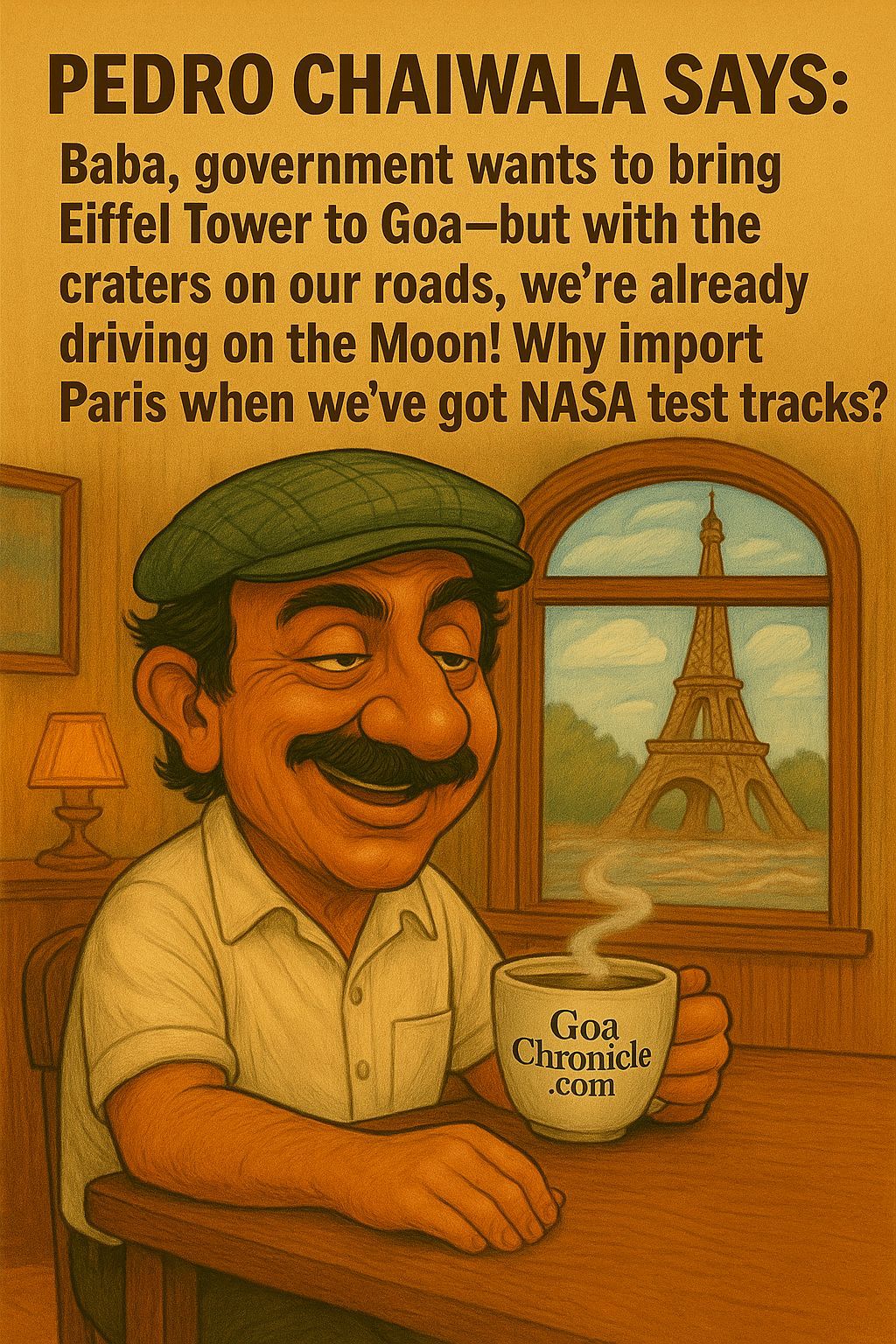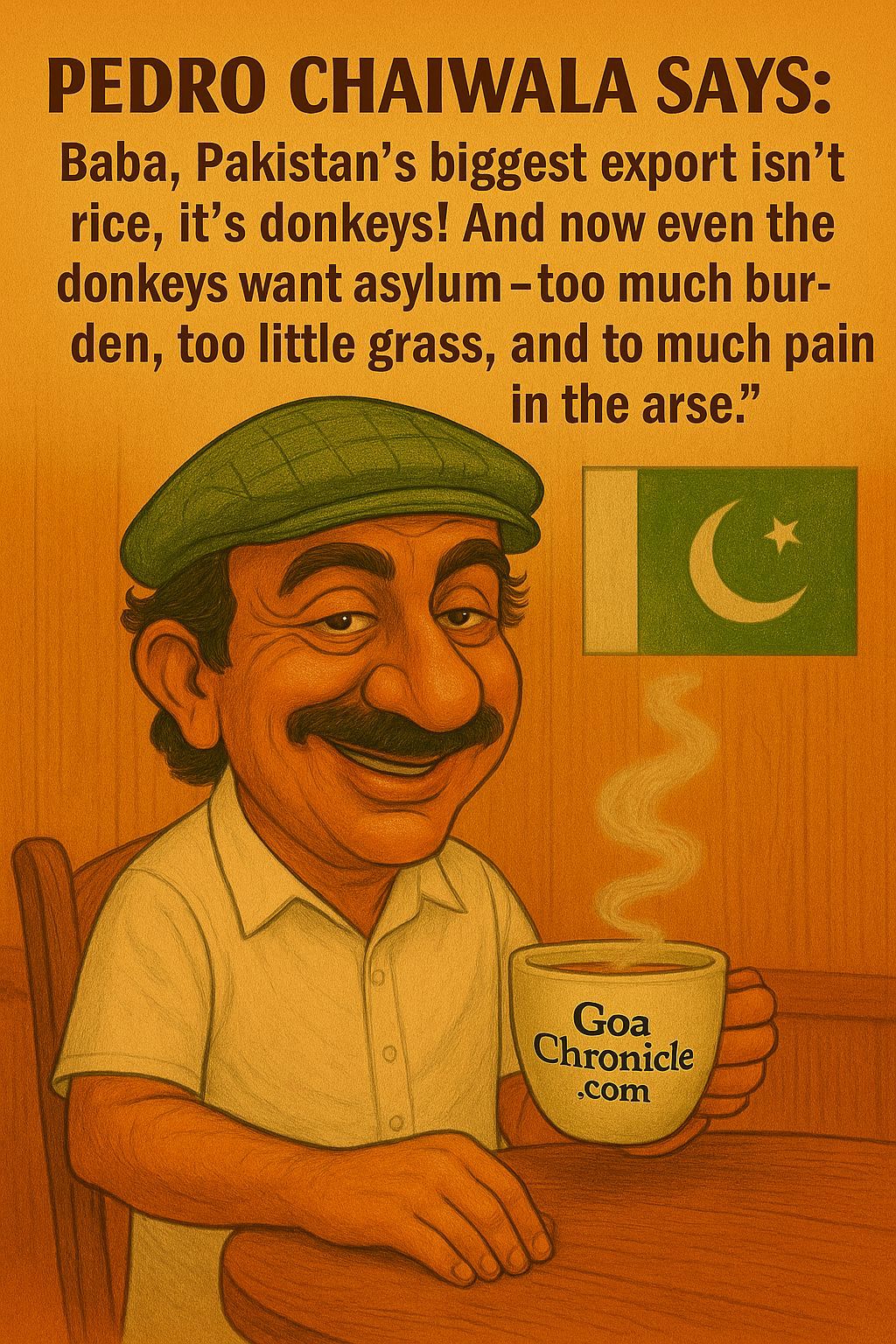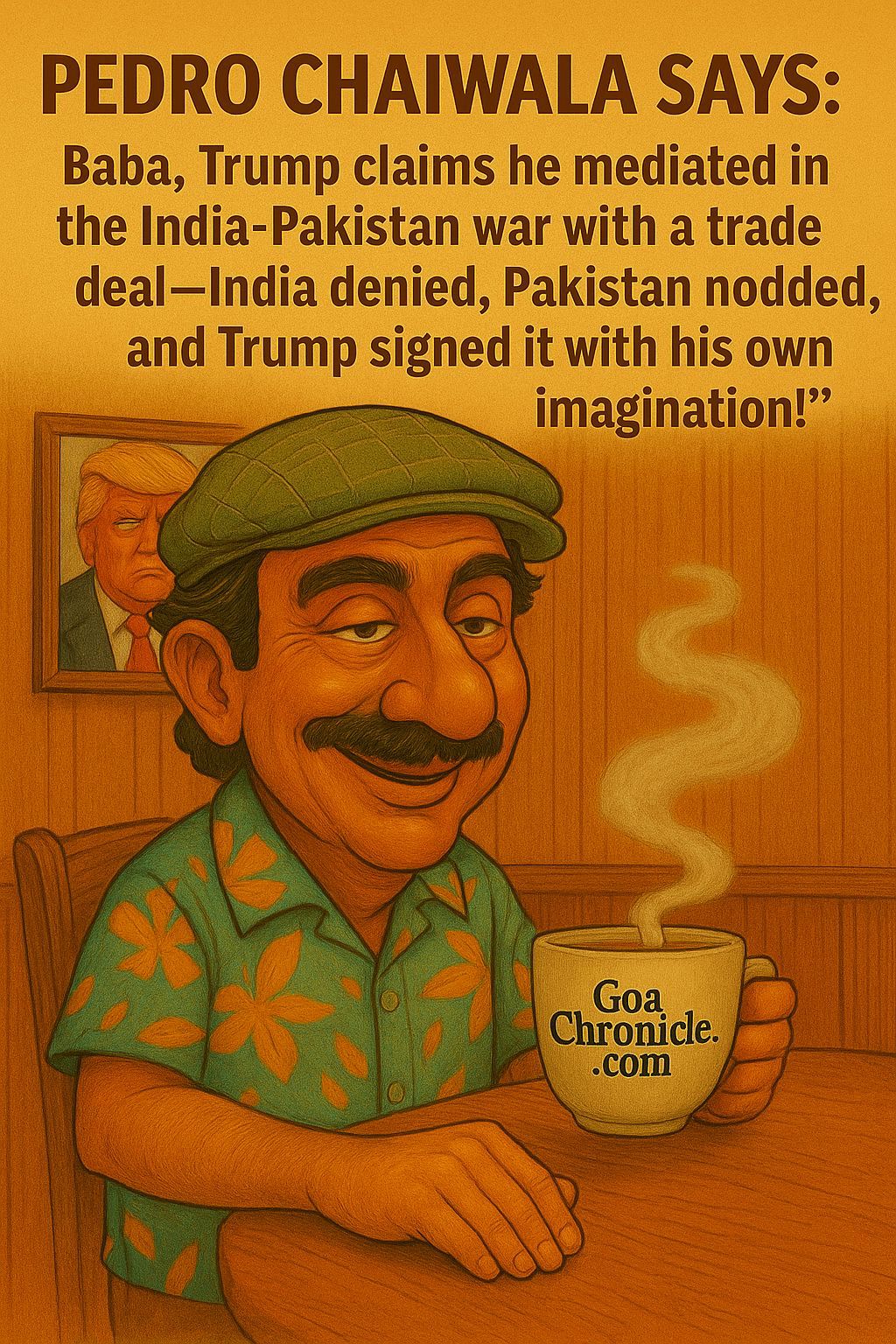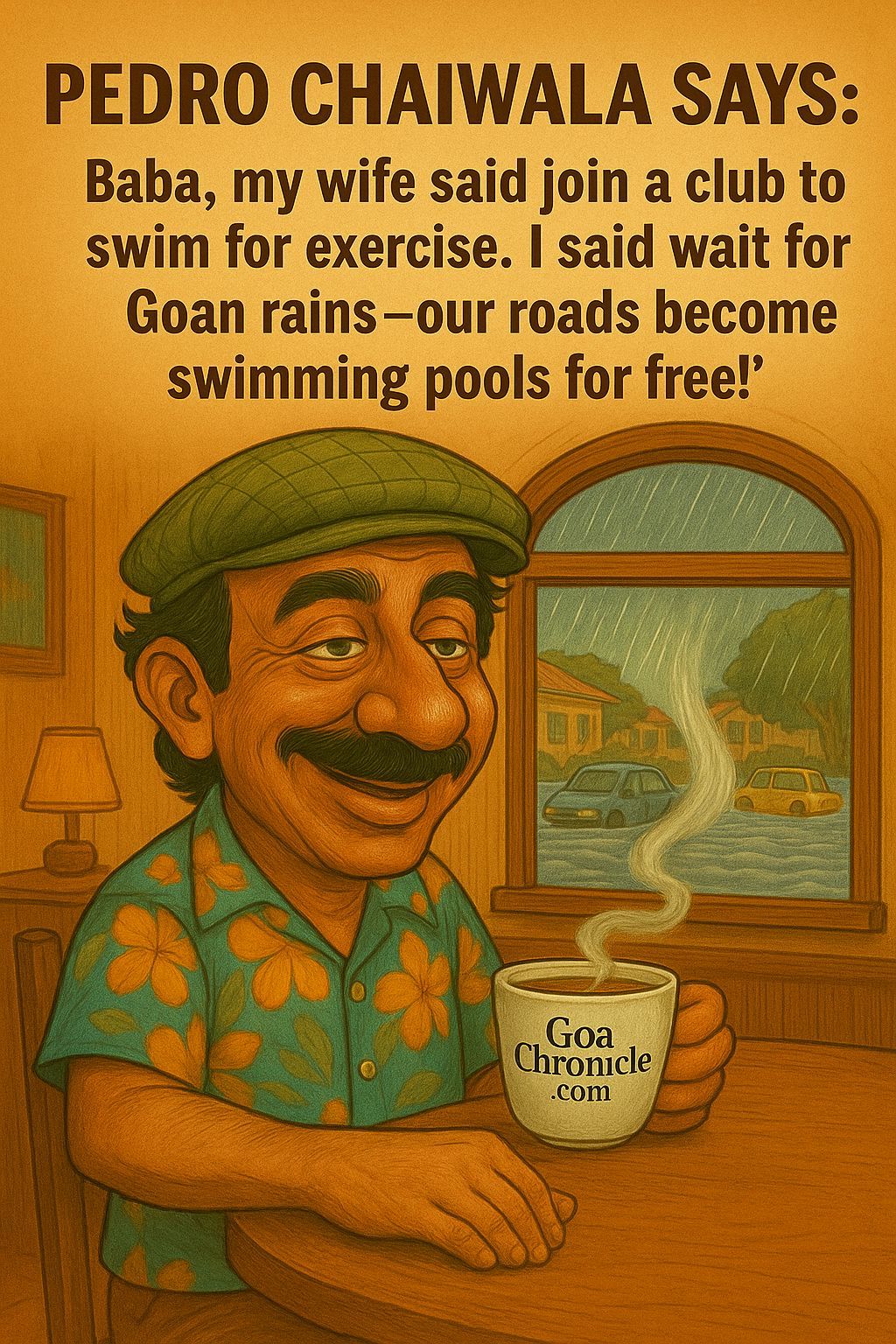Princess Pihu is a strong and helpful female protagonist, in this unique tale that defies fairy tale clichés. Set in ancient India, Rajesh Talwar’s ‘The Witch, The Princess and The Tower of Doom’ (Ponytale Books) has a completely different spin on the classic Western tale of Rapunzel. While the story remains rooted in Indian culture, at the same time, it resonates modern day values, and is bound to enthral children from across the world, it is truly a magical adventure seen from an Indian lens and perspective.
Pihu’s journey opposes racism, reinterprets gender norms, and honours inner strength above outward appearances. Talwar’s new book comes with deep lessons on environmental preservation, and health care.
The book offers a magical experience filled with supernatural elements, unexpected turns, and a story that blends ancient settings with a modern spirit.
From the West came the tale of Rapunzel, whose long hair enabled her rescue from the tower in which she was trapped. Now, from the East, comes the delightful story of Princess Pihu with her black, silken, flowing tresses. Her parents, the king and queen of the kingdom of Pandya, get into trouble with the dreaded Churailamma, a witch. Following an agreement, after some years, the witch takes custody of the princess and imprisons her in the Tower of Doom.
All is not what it seems, however. The princess learns many new things during her time in the tower. She starts to think of the witch as an enigma. Soon a prince appears, who is, however, of a delicate constitution and suffers from many ailments. The prince falls in love with the princess and is determined to rescue her. Will he succeed in rescuing her? More importantly, perhaps, will our princess be able to help the prince in rescuing her?
Finally, a question most such stories do not ask: what happens to the witch? Is she wicked, or wise – or possibly both? As people in the kingdom start to fall ill, who will come to their rescue? Did the witch cause people to fall ill? Could it be that there is someone even more wicked than the witch? This enchanting tale has multiple twists and turns that will keep the reader engaged from start to finish.
Rajesh Talwar is an international award-winning author of 43 books, across multiple genres which includes plays, novels, children’s books, self-help books, and non-fiction works on social justice, law, culture and other subjects.
His plays cover everything from current events to historical retellings, and his novels cover everything from aesthetics to terrorism and the Indian legal system.
Among his non-fiction books on legal and political subjects are Courting Injustice: The Nirbhaya Case and its Aftermath (Hay House; 2013) and The Mahatma’s Manifesto: A Critique of Hind Swaraj (Om Books International; 2025).
The Bearded Prince and The Boy Who Wrote a Constitution (Ponytale Books; 2022) are two of his well-known children’s books.
Rajesh has worked for the United Nations in senior positions across three continents over a period of two decades and regularly contributes to both domestic and foreign publications. He has studied for shorter and longer durations at Nottingham, Harvard, Cambridge, Oxford and Delhi University.
Rajesh is currently producing and co-directing an AI generated animated feature film on toxic terror titled ‘Smoky Sky Songs.’
In an interesting conversation about ‘The Witch, The Princess and The Tower of Doom’, with Sonakshi Datta of GoaChronicle, Rajesh answered a few questions posed to him regarding the book.
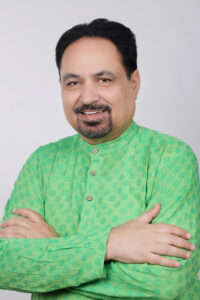
‘The Witch, The Princess and The Tower of Doom’ Author Rajesh Talwar
What makes Princess Pihu’s tale the perfect amalgamation of traditional Indian values and modern-day life lessons? How would your new release ignite the curiosity of children from across the globe, despite the story’s Indian setting?
Not sure about ‘perfect’ but yes, that was certainly the attempt. Your question about overseas readership is an important one. The Western world is increasingly getting tired of its own narratives and is often on the lookout for something fresh, original and exotic. That is the reason you had the animation film Moana (2015) released some years ago and also Mulan (1998), which featured non-Western characters and settings.
So, I believe that the Indian setting could hold a special attraction for children from other parts of the world. Personally, I feel that this could make an excellent and successful animation film, something like Tangled, (2010) but with a very different storyline and context. Any Indian film directors listening?
What inspired you to write a fairy tale, and what aspects make this story stand out amongst other fairy-tale tropes?
India used to be the story teller to the world. Now the thing is that while we have wonderful tales from our rich cultural past, for instance, the Panchatantra and the Jataka Tales, there aren’t a sufficient number of stories for children being written in India that could spark global interest. I believe though, that as power shifts to Asia, this is only a matter of time. In my own small way, I have tried to write something that would have broad appeal across nations and cultures.
To provide only one example, for instance, while my story is set in the Indian past, when I speak of the price fixing conspiracy by Vaids, I also indirectly allude to the greed we sometimes witness in doctors and hospitals in India. American readers will be reminded of the greed of western pharmaceutical companies.
What makes the witch ‘Churailamma’ different from our typical children’s books’ villains?
There is a reason why my book is titled ‘The Witch, the Princess and the Tower of Doom’, and not, for instance, ‘The Princess, the Witch and the Tower of Doom’. This is because the witch is really a special and unique character in this story. A fascinating and complex character, she is very different from the typical villain or vamp in such stories, who are all too often cliched and stereotyped. The witch’s persona and tale enrich the story substantially.
While writing a children’s book, how do you make sure to use writing techniques and story-telling strategies that would create a positive impact on children? How do you ensure that your work resonates with children because to be at the same wavelength with kids could surely be tougher than usual for a writer?
Pay attention to language. Keep it simple, but not too simple. Children like to learn new words. And surprises are very important for the general reader but especially for children. Keep the reader guessing. I have therefore added many twists and turns, keeping in mind that they should not appear to be contrived. How do I ensure that my work resonates with children? Well, I myself read children’s fiction from time to time, including, for instance, the Wimpy Kid series. I read for pleasure, but I’m sure that somewhere, somehow it also helps me when I write for children.
What makes ‘The Witch, The Princess, and The Tower of Doom’ a must-read for all children?
At the risk of sounding self-promotional, let me give you a few reasons why this book is special. Firstly, there are not so many stories for children set in the ancient Indian past that are simultaneously contemporary and have a strong female protagonist.
Secondly, despite Princess Pihu being at the center of the tale, so to speak, this is by no means a book that is meant to be read only or principally by girls. Many readers have found the prince to be the most endearing character in the story. I am positive that boys too will love the story.
Thirdly, children of all ages love to read about characters who have magical and/or supernatural powers. Not only does the witch in this tale possess supernatural powers, she is assisted by the giant Badlu, a character who is a shape shifter and possessed of superhuman strength.
And finally, there is an unexpected twist in the tale. No spoilers here, but it appears that a greater and powerful evil exists beyond the persona of the witch which the prince and princess must battle together.
What or who represents this evil? How will it be defeated, if at all? These are questions that will surely engage the young reader.





